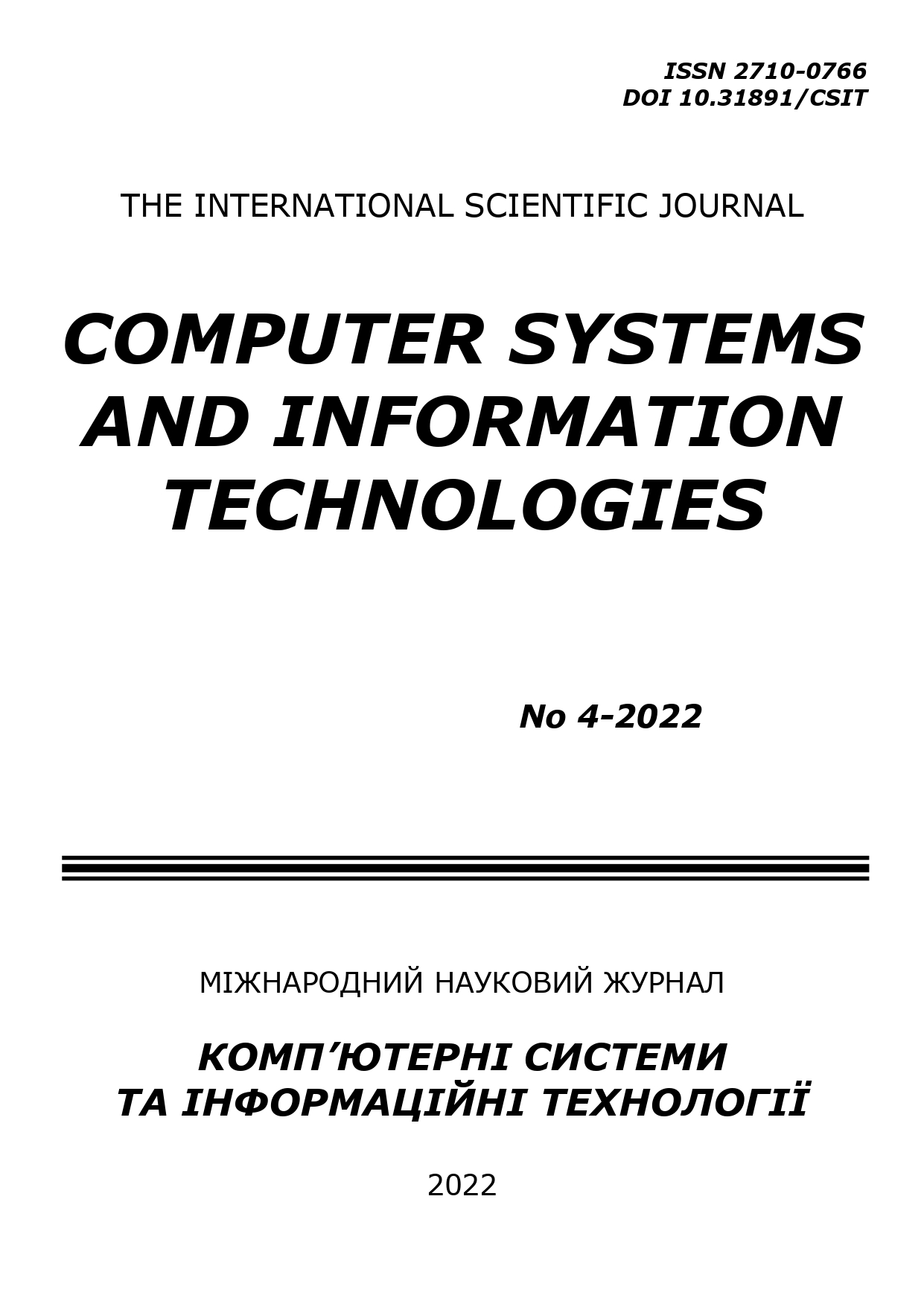SIMULATION MODEL STRUCTURE OF BUSINESS PROCESSES FOR A PRODUCT BASED ON AURALIZATION TECHNOLOGY
DOI:
https://doi.org/10.31891/csit-2022-4-15Keywords:
business model, business process, simulation model, auralized 3D modelAbstract
Within the framework of the Auralization of acoustic heritage sites using Augmented and Virtual Reality (AURA) project, the task was to develop the business models for potential products that would use the developed auralized 3D model. Accordingly, the purpose of the article is to analyze typical business models for the specified products with an auralized 3D model, which can further be adapted to each specific use case (marketing scenario).
In the most general terms, a business model is a method of doing business that allows a company to sustain itself, i.e. generate income and revenue. Therefore, the development of a business model is relevant to calculate the possible income or expenses of a future product.
The article analyzes existing business models and determines which ones are most suitable for the task at hand. It is proposed to use the following business models: "Canvas", "Barter" and "Joint Ownership".
The "Canvas" business model is described by the following structure: consumer segment, value proposition, sales channels, customer relationships, product revenues, key resources, key activities, key partners, and cost structure. In addition, this business model proposes the E-commerce, Affiliations, and Additional Opportunities business processes.
The "Barter" business model is based on the use of a social media platform to promote products and services. And in the Shared Ownership business model, investors do not buy the entire asset, but only a part of it. For these business models, the Barter and Shared Ownership business processes are presented.
Based on the business processes the structure of the simulation model was proposed. The study can be extended and adapted to other products. In further research, scenario modeling will be conducted using system dynamics approaches.

